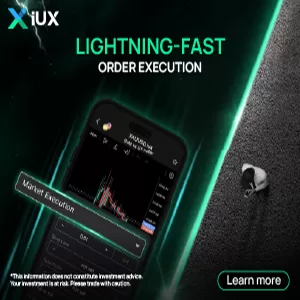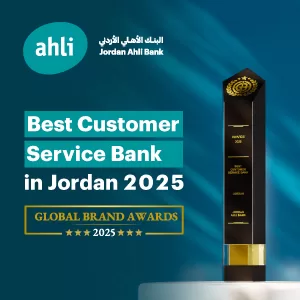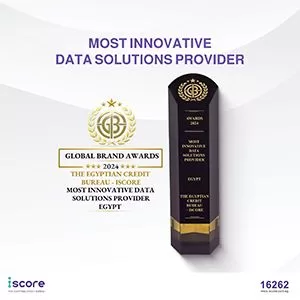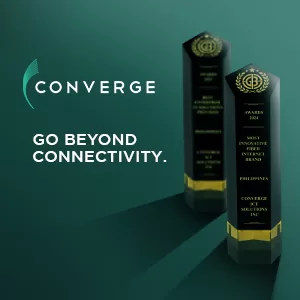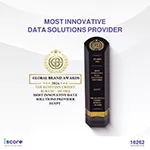Technology
Navigating the New Buzzwords in Cybersecurity: What They Mean for the Future

- Zero Trust Architecture (ZTA) is a security model that is based on the principle of “never trust, always verify,” requiring continuous authentication and authorisation for all users and devices.
- ZTA effectively addresses challenges arising from remote work, cloud computing, and advanced cyberattacks by minimising vulnerabilities and strengthening data protection.
- Although beneficial, ZTA implementation can be difficult due to compatibility issues, high costs, and potential user resistance to additional security measures.
In the rapidly changing world of technology and security, buzzwords often spark curiosity and discussion. These terms reflect emerging trends, ideas, and challenges shaping the field. One buzzword gaining significant traction is “Zero Trust Architecture” (ZTA). But what does it truly mean, and why is it becoming so essential for security? Let’s break it down.
What Is Zero-Trust Architecture?
Zero-Trust Architecture (ZTA) is a security framework based on the concept of “never trust, always verify.” In contrast to traditional models, which emphasise perimeter defences like firewalls, ZTA acknowledges that threats can emerge from both internal and external sources within an organisation’s environment. In other words, no user or device is automatically trusted. Every access request, whether from inside or outside the network, must undergo continuous authentication and authorisation.
Why is ZTA the Buzzword of the Moment?
The rise of remote work, cloud computing, and increasingly sophisticated cyberattacks has made conventional security practices ineffective. With employees accessing systems from multiple endpoints and remote environments, the traditional perimeter-based security model is no longer sufficient. Zero Trust addresses these challenges by minimising exposure to threats, optimising cloud environments, and strengthening data protection. By granting users access only to what they need for their roles, organisations reduce the chances of intruders exploiting security flaws. ZTA integrates seamlessly with cloud services, safeguarding sensitive information, even if a network is compromised.
What Does This Mean for Security?
The shift to Zero Trust Architecture represents a major transformation in cybersecurity frameworks. A key feature of ZTA is enhanced identity verification, which leverages multi-factor authentication (MFA) and biometrics to confirm a user’s identity before granting access. Micro-segmentation breaks networks into small, isolated segments, containing threats even if one area is compromised. Unlike traditional, static security systems, continuous monitoring enables real-time detection and response to emerging threats. By assuming no user or device is inherently trustworthy, ZTA significantly reduces the risk of insider threats, whether from rogue employees or compromised accounts.
Challenges of Implementing ZTA
While the benefits of Zero Trust are clear, adopting this model presents several challenges. Integrating ZTA into existing systems can be complex, as it requires significant changes to both infrastructure and workflows. For smaller organisations, the cost of implementing advanced security measures can be a major barrier. Additionally, employees may resist new verification processes, viewing them as cumbersome, which could lead to pushback.
Other Emerging Buzzwords in Security
- SASE (Secure Access Service Edge): A framework that combines networking and security into a cloud-native service, providing a unified approach to securing modern, distributed networks.
- XDR (Extended Detection and Response): A comprehensive cybersecurity solution that improves threat detection and response by integrating data across multiple security layers, offering a broader view of security risks.
- Post-Quantum Cryptography: A developing technique aimed at securing data against potential threats from quantum computers, ensuring encryption methods stay effective in a future shaped by quantum computing advancements.
Staying Ahead: Embracing Emerging Security Trends
Buzzwords like Zero Trust Architecture go beyond trends—they mirror the evolving world of technology and security. Staying ahead of these advancements is crucial for both organisations and individuals. Embracing frameworks like ZTA strengthens security and helps future-proof systems against evolving threats. The next time you encounter a new term, take the time to explore it—it could be key to staying ahead of emerging security threats.

